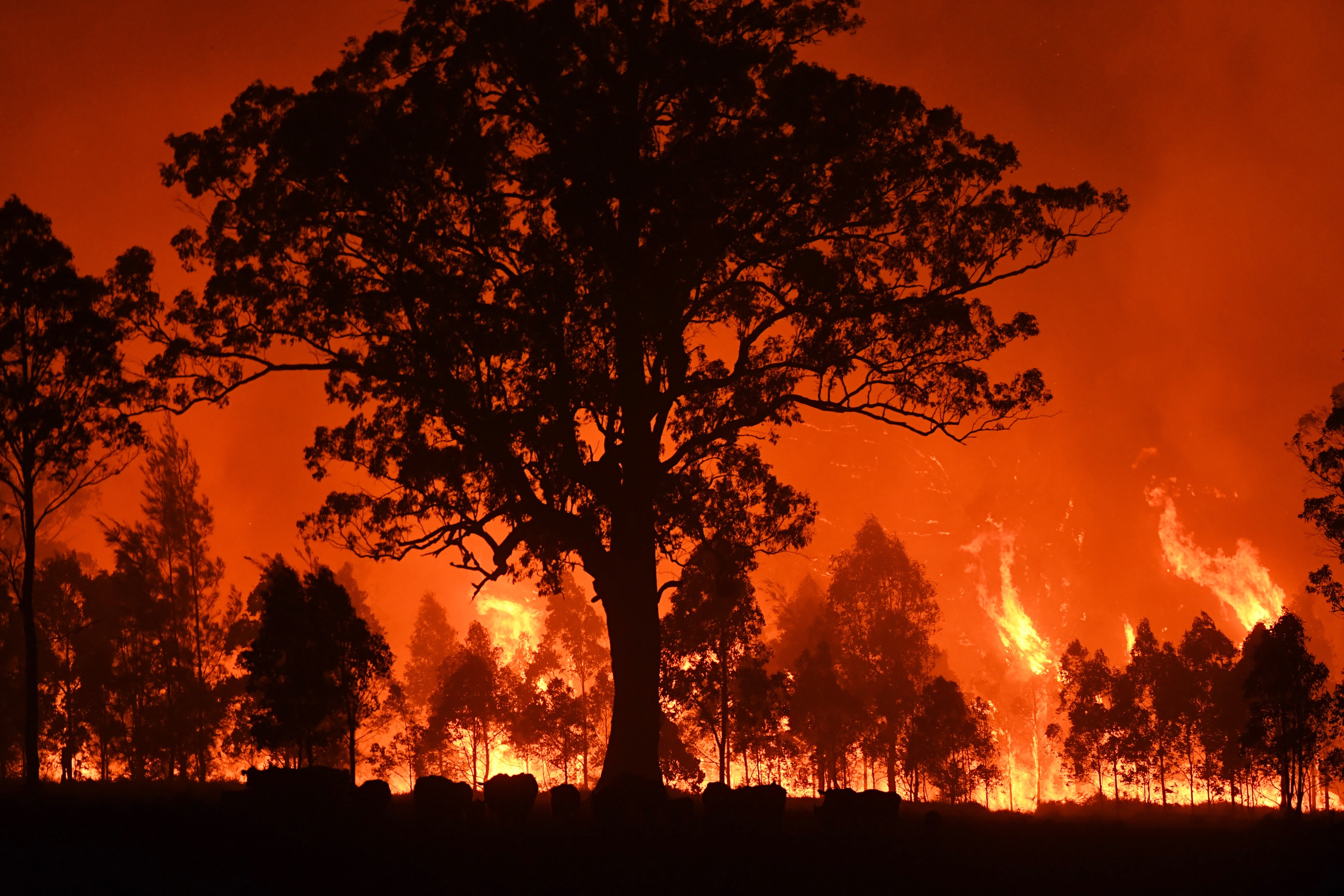Securing Your Home: The Critical Function of a BAL Report in Bushfire Readiness
Wiki Article
Ensuring Bush Fire Security With Appropriate BAL Report Evaluation
In the realm of bush fire security, the meticulous analysis of Bushfire Attack Level (BAL) records stands as a cornerstone for securing buildings against the damaging impact of wildfires. With ecological variables and residential property characteristics playing considerable duties in identifying the degree of risk, a complete understanding of BAL rankings ends up being necessary.
Understanding Bushfire Attack Level (BAL)
In the realm of bushfire defense, understanding the Bushfire Attack Level (BAL) is paramount for ensuring reliable reduction methods. Comprehending the BAL score of a home is important for building owners, builders, and policymakers to apply proper measures to protect against bushfire risks.
Value of BAL Report Analysis
A necessary facet in bushfire security planning involves the extensive analysis of BAL reports to analyze the possible dangers and identify suitable mitigation strategies. BAL records supply vital info about the possible effect of bushfires on a residential property based on various factors such as plant life kind, distance to prospective fire risks, and incline of the land. Assessing these records with accuracy is extremely important in creating efficient bushfire defense steps customized to the particular risk account of a residential or commercial property.Applying Fire Protection Actions
Applying reliable fire protection measures is crucial for safeguarding residential properties in bushfire-prone areas. Among the primary methods to boost fire security is by developing defensible space around structures. This involves cleaning combustible plant life, such as dry fallen leaves and branches, within a particular span of the home. Additionally, setting up fireproof roofing materials can help in reducing the danger of coal firing up the roof covering throughout a bushfire. Correctly preserved seamless gutters and screens are additionally necessary to prevent debris accumulation that can sustain a fire.Moreover, having a ample and properly maintained water, such as a container or swimming pool, can help firefighters in their efforts to protect the property. It is very important to have a clear evacuation plan in position and to make certain that all citizens know with the procedures. Additionally, having firefighting devices easily available, such as hose pipes and fire extinguishers, can aid in dealing with small place fires before they escalate. On the whole, applying a mix of these fire security steps can substantially enhance the chances of guarding homes during bushfire occasions.
Mitigating Threats in Fire-Prone Areas
To strengthen residential or commercial properties against bushfire dangers, a strategic concentrate on mitigating threats in fire-prone areas is important. Mitigating threats in fire-prone areas includes a thorough method that includes numerous measures to decrease the probability and influence of bushfires. One essential element of threat mitigation is maintaining defensible area around properties by removing flammable plant life, ensuring sufficient spacing between trees and frameworks, and using fireproof landscape design practices. Furthermore, implementing ember-proofing steps such as setting up steel mesh displays on home windows and covering roof covering cavities can help prevent cinder assaults and reduce the threat of place fires.In addition, building or retrofitting buildings with fire-resistant materials and making certain correct upkeep of roofings, rain gutters, and external cladding can considerably enhance the residential or commercial property's resilience to bushfires. Creating and exercising a bushfire emergency strategy with all passengers, including evacuation treatments and interaction techniques, is likewise essential in mitigating threats effectively. By adopting an aggressive strategy to take the chance of mitigation in fire-prone areas, building proprietors Go Here can much better protect their properties and boost total bushfire readiness.
Ensuring Home Security and Resilience
Guaranteeing the security and durability of homes in fire-prone locations calls for an unfaltering dedication to robust preventative measures and calculated preparation. Home safety begins with applying effective steps to minimize fire hazards. This includes preserving a defensible room around the residential or commercial property by removing combustible plant life, guaranteeing correct upkeep of rain gutters and roofings, and making use of fireproof structure materials. Regular maintenance of firefighting devices, such as pipes and automatic sprinkler, is also essential to residential property strength.Strength, on the other hand, entails the capability of a property to stand up to and recover from a bushfire. By proactively attending to these aspects, home owners can better secure their possessions and enjoyed ones from the risk of bushfires.
Verdict
In conclusion, making certain bushfire security via proper BAL report evaluation is important for understanding the level of threat presented by bushfires and applying required fire defense actions. By mitigating dangers in fire-prone locations and ensuring home safety and security and strength, individuals and neighborhoods can much better prepare for and reply to bushfire events. It is necessary to focus on fire precaution to secure lives and building in these risky environments.In the realm of bush fire protection, the precise evaluation of Bushfire Assault Degree (BAL) records stands as a foundation for securing look at this now residential or commercial properties against the disastrous influence of wildfires (BAL Report). Recognizing the BAL ranking of a property is crucial for residential or commercial property building contractors, proprietors, and policymakers to implement ideal actions to secure versus bushfire dangers

BAL reports supply vital details about the potential impact of bushfires on a home based on different variables such as plant life kind, range to possible fire hazards, and incline of the land (BAL Report). Overall, implementing a combination of these fire protection steps can considerably boost the possibilities of protecting residential properties throughout bushfire occasions
Report this wiki page